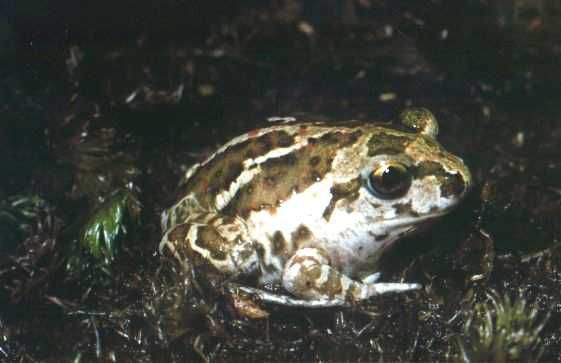Table of Contents
One of the most difficult aspects of keeping a pet is attempting to understand its behavior. We humans struggle because we attempt to understand animal biology and physiology in relation to our own. Oftentimes that leads to confusion. For example, have you ever heard a toad owner ask, “Why is my toad sweating?”
You might observe a pet toad sitting on a rock. It has been there for hours, yet its skin is moist with what appear water droplets. The assumption is that the animal is sweating. After all, a human being exhibiting such behavior would be perspiring. It turns out the same is not true for toads.
Cold-Blooded Amphibians
Toads are a classification of frogs primarily in the Bufonidae family. They are also amphibians. As such, they are cold-blooded creatures that rely on external means of controlling body temperature. A toad’s body temperature will match closely with the environment in which it finds itself. In the warm sun, its body temperature will rise. In cool water, it will fall.
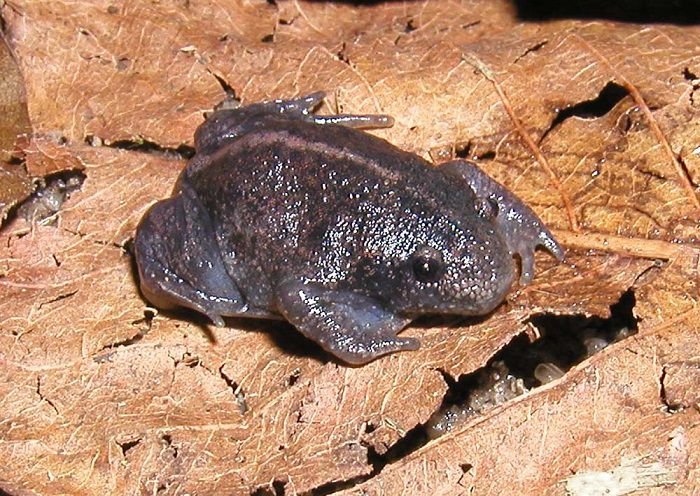
Mexican Burrowing Toad 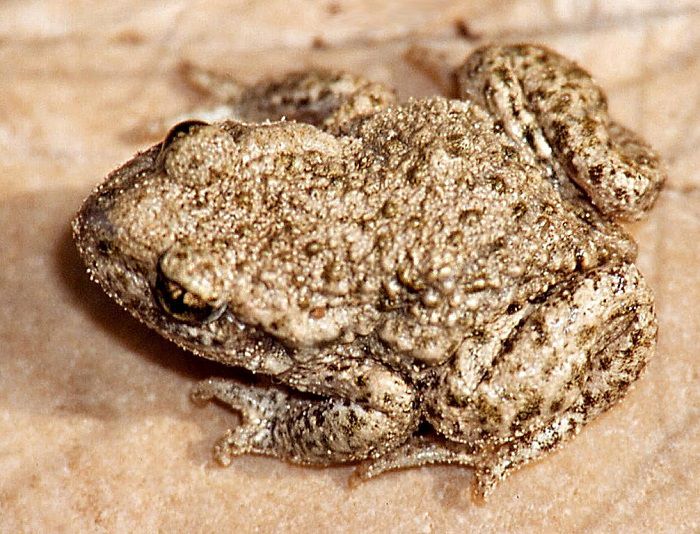
Common Midwife Toad 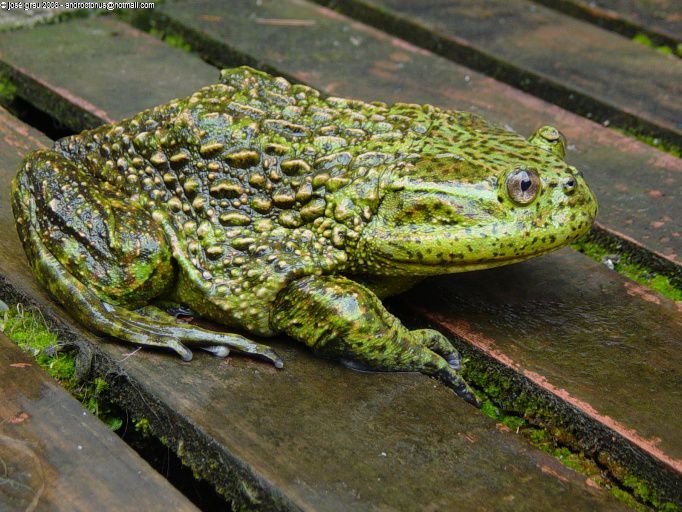
Helmeted Water Toad
The thing about cold-blooded animals is that they do not perspire. They are called cold-blooded because they have no internal means of regulating body temperature. As such, water droplets on a toad’s skin, while real, are not perspiration. A toad looking to cool down will simply move to a cooler environment.
Ironically, most species of toads are also capable of surviving at very low metabolic rates. They hibernate during the winter by burrowing underground and more or less shutting themselves down. Some species can even survive being frozen thanks to high levels of glucose in their cells. Glucose is a natural antifreeze. All that notwithstanding, we still haven’t answered the question of why a toad may appear to be sweating.
Water Permeable Skin
Most amphibians, toads included, have skin that is quite permeable to water. This means that skin cells allow water to pass through them. This allows for cutaneous respiration, meaning toads can extract oxygen from water. This also means that they do not have to constantly stay above water to breathe. However, this nice little feature comes at a cost: thin and delicate skin.
Toad skin may appear tough and rubbery, but that’s just human perception. Compared to our own skin, a toad’s skin is not nearly as tough. Furthermore, its thinner and more delicate nature makes toad skin more subject to drying out. Therein lies the answer to the ‘sweating’ question.
Toads have mucus-secreting glands on their heads and backs. Gland excretions help keep the skin moist when a toad is not in the water. Thus, what appear to be small droplets of water on a toad’s skin are actually mucus secretions. Your toad is not sweating, it is moisturizing.
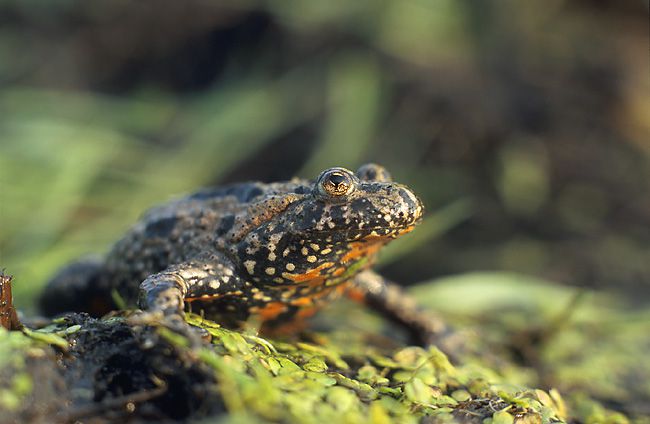
European Fire-Bellied Toad 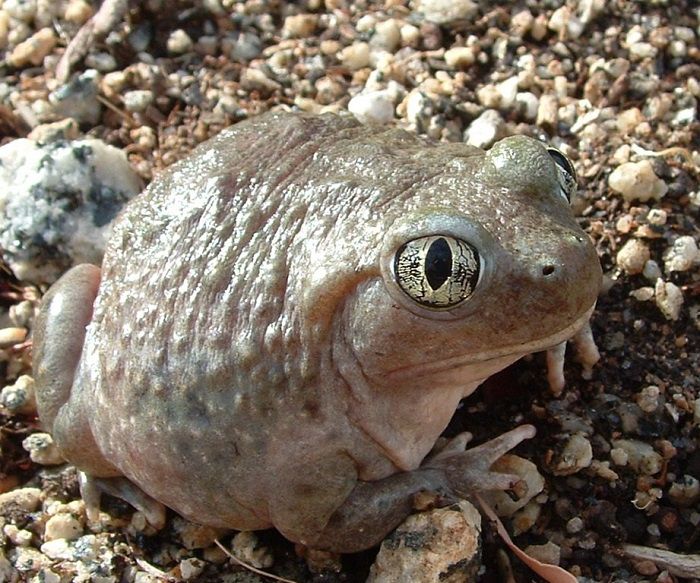
Western Spadefoot Toad 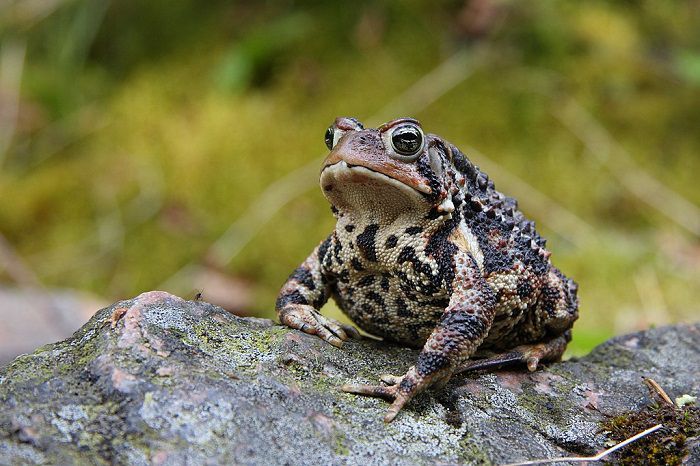
American Toad
Enhancing Cutaneous Respiration
There is an important reason toad skin cannot be allowed to dry out. And no, it is not cosmetic. Toads do not run around worrying about their complexions like humans do. They don’t care about the ravages of age on the skin. To a toad, keeping the skin moist is a matter of survival. If it is allowed to dry out, cutaneous respiration could be inhibited.
In simple terms, the skin has to be kept moist in order to facilitate the exchange of oxygen within skin cells. If a toad wants to be able to respirate underwater, the skin must stay moist. Allowing it to dry out only makes respiration more difficult.
Why is my toad sweating? It’s not, really. Your toad is actually moisturizing itself. It is a mechanism designed to maintain a toad’s respiratory abilities. It has nothing to do with regulating body temperature or keeping the skin looking young. And now you know.
Photo Credits:
Featured Image (Common Spadefoot Toad): Franco Andreone – CC BY-SA 2.5
– CC BY-SA 2.5
Helmeted Water Toad: José Grau de Puerto Montt – CC BY-SA 3.0
– CC BY-SA 3.0
Common Midwife Toad: Christian Fischer – CC BY-SA 3.0
– CC BY-SA 3.0
Mexican Burrowing Toad: Pstevendactylus – CC BY-SA 3.0
American Toad: Cephas – CC BY-SA 3.0
– CC BY-SA 3.0
European Fire-Bellied Toad: Marek Szczepanek – CC BY-SA 3.0
– CC BY-SA 3.0
Western Spadefoot Toad: Takwish – CC BY-SA 2.5
– CC BY-SA 2.5

